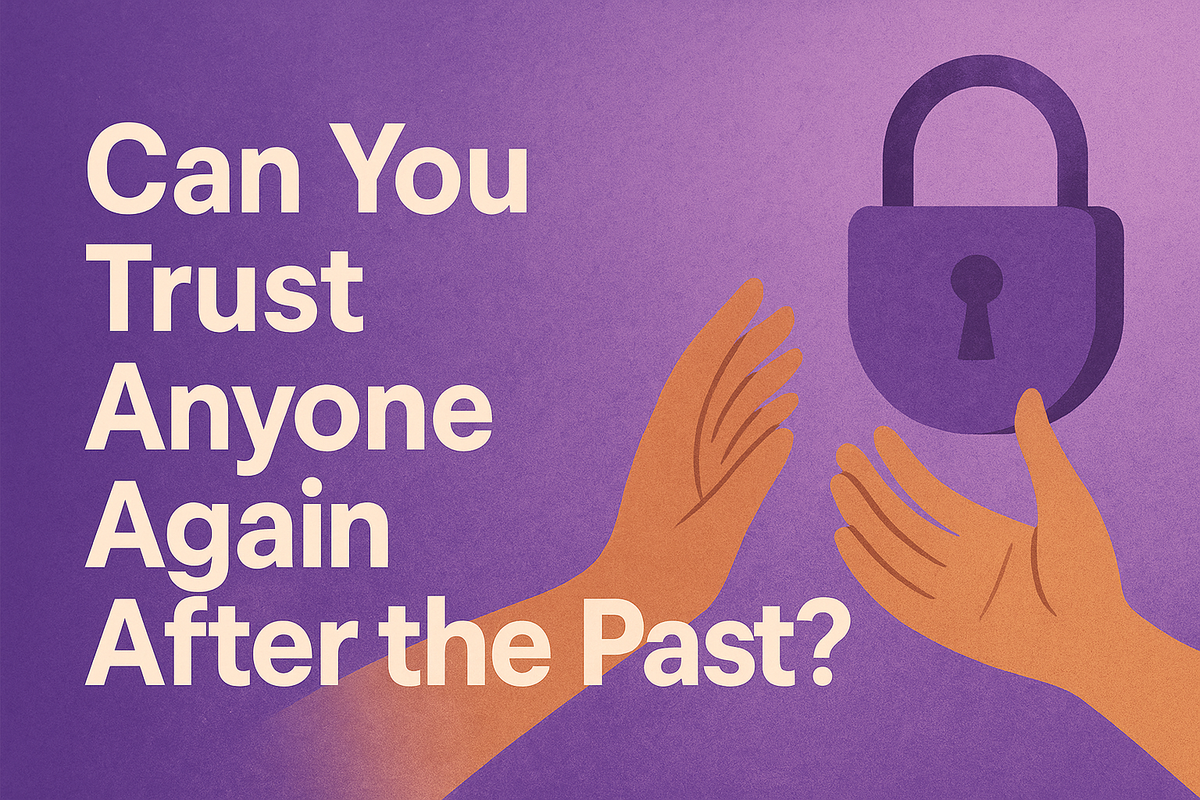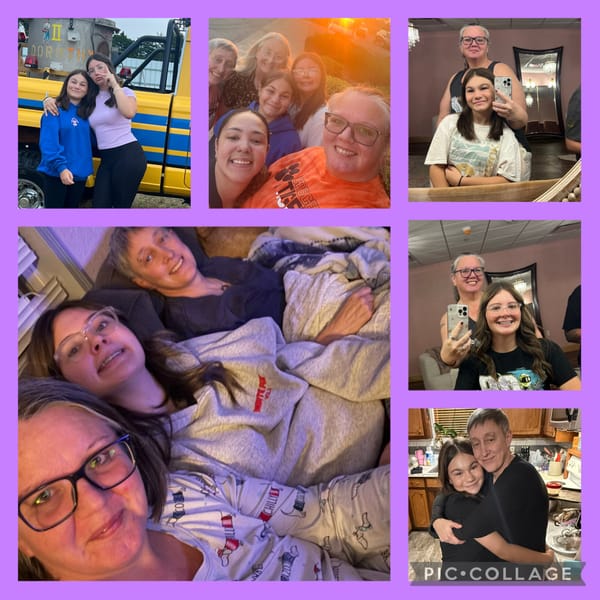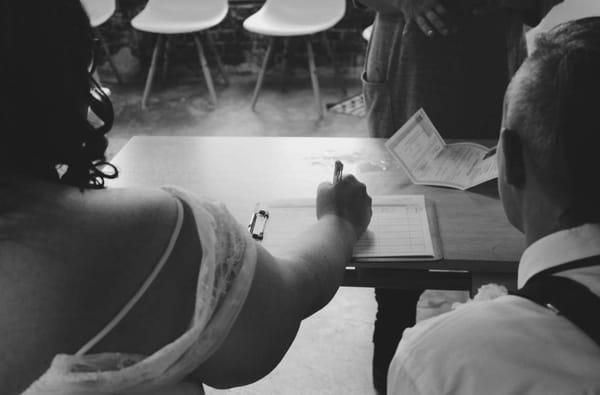Can You Trust Again After Being Hurt?

When betrayal rewires your nervous system, trust doesn’t just feel hard — it feels dangerous. But healing is possible. And it starts with you.
Let’s not sugarcoat it—when someone you loved, believed in, or depended on hurts you, something shifts. It’s like your body installs a silent alarm system: “Never again.”
And honestly? That alarm makes sense.
It doesn’t matter if it was a toxic romantic partner, a close friend, or a family member who let you down. A single betrayal or a pattern of psychological abuse can lead to a deep loss of trust that echoes in every relationship that follows.
You may now question your own judgment, overanalyze other people’s intentions, and feel a constant undercurrent of fear that it will happen again.
The damage done to trust after a traumatic experience is a big deal — emotionally, psychologically, and sometimes even physically. But you don’t have to stay trapped there.
What Causes Trust Issues? (It’s Not Always the “Big Bad Breakup”)
We tend to think of trust issues as stemming from some explosive betrayal—like a cheating partner or a lying best friend. But sometimes the causes are quieter, deeper, and built over time.
Here are some common betrayal causes that lead to trust breakdowns:
- Growing up around psychological disorders or emotional instability
- Constant invalidation of feelings or gaslighting
- A caregiver or partner who shared your personal stuff with others
- Consistently broken promises about even the important things
- Experiencing psychological abuse dressed up as love
- Witnessing or experiencing destructive behavior like substance abuse, manipulation, or neglect
Each of these slowly chips away at your sense of safety and leaves you feeling like trustworthy people simply don’t exist. Over time, this erodes your ability to trust yourself, too.
Red Flags That You’re Still Carrying Past Traumas
Here’s where it gets tricky: when your past starts leaking into your present. If your nervous system is constantly bracing for betrayal, you might:
- Read too much into a delayed text or lack of emoji
- Push people away before they can get too close
- Expect people to fail you and brace yourself emotionally
- Struggle to share personal stuff even with safe people
- Avoid dating or vulnerability completely
You might even mistake trustworthy people for manipulators, because calm, consistent behavior feels unfamiliar compared to chaotic past relationships.
These are signs your past traumas are still steering the wheel, and it doesn’t mean you’re broken. It means your brain is doing what it was trained to do: protect you.
What Lack of Trust Really Feels Like
If you’ve dealt with lack of trust, you know it doesn’t just affect relationships. It affects:
- Your ability to make decisions
- Your self-esteem
- Your friendships and career
- Your ability to set (and hold) boundaries
You may even feel detached from your own intuition, because you’ve been trained not to trust your instincts. And that’s devastating. Mental illness like anxiety, PTSD, or depression often compounds the problem.
But the good news? This can all be rewired—gently, patiently, and with intention.
How to Begin the Healing Process (Without Forcing It)
Let’s be real: no checklist can fully fix trust issues. But there is a way forward.
1. Start With Your Nervous System
You’re not just learning to trust others again—you’re learning to feel safe in your own body.
Try:
- Somatic therapy or trauma-informed journaling
- Naming the feeling: “I’m scared, not mean. I’m protecting myself.”
- Grounding exercises like cold water, breathwork, or stretching
2. Learn the Language of Red Flags (And Green Ones!)
Part of building trust again means learning what to look for.
Red flags:
- Love bombing
- Hot and cold behavior
- Dismissiveness or guilt-tripping when you express needs
- Oversharing too fast or demanding access to your boundaries
Green flags:
- Consistency
- Respect for boundaries
- Slow emotional pace
- Honesty without cruelty
3. Rebuild Trust in You
Before trusting anyone else, practice trusting your own decisions again.
You can do this by:
- Listening to your body’s cues: tight stomach, clenched jaw, etc.
- Making small promises to yourself (and keeping them). Fun tip: make a vision board!
- Saying “no” and watching what happens
Each time you trust yourself, you’re undoing years of self-abandonment.
4. Let People In, But Only a Little at a Time
This is not about swinging the door wide open. It’s about cracking the window.
Try sharing small pieces of yourself with new people and observe:
- Do they respond with empathy?
- Do they respect the pace you’re comfortable with?
- Do they gossip or go quiet?
These micro-moments teach you how to calibrate trust gradually instead of going all-in and getting burned.
5. Recognize That Healing Isn’t Linear
The healing process from a traumatic experience or loss of trust isn’t a straight line.
Some days you’ll trust easily. Other days, a text can send you spiraling. That doesn’t mean you’re back at square one. It means you’re healing in a human way.
Trust isn’t about forgetting the past experiences that hurt you. It’s about no longer letting them control every decision you make today.
When You’ve Been Hurt by Romantic Partners
If past romantic partners betrayed you, healing can feel even more tangled. Love and trauma can get tied up together until you don’t know which is which.
You may:
- Confuse intensity for intimacy
- Chase closure from people who can’t give it
- Repeat patterns from old relationships to “get it right this time”
The only way out is self-compassion. Stop asking, “Why did I let that happen?” and start asking, “What did I need that I wasn’t getting?”
That shift changes everything.
Can You Trust Anyone Again After the Past?
Yes—but maybe not in the way you once did.
You may never again hand over your trust blindly, and that’s a good thing. It means you’ve grown. It means your body has learned what to protect.
Building trust after betrayal isn’t about being soft. It’s about being sovereign.
You can:
- Learn from wrong decisions without punishing yourself for them
- Trust your instincts again
- Open up in layers, not leaps
- Love without losing yourself
You don’t need to trust everyone. You just need to trust you.

Free Download: The Trust Again Toolkit
Want help putting this into practice? Download The Trust Again Toolkit — a gentle, 5-page printable that includes:
- Journal prompts about past traumas and emotional safety
- A green/red flag checklist
- Realistic affirmations for healing
- A letter template to your past self
Final Thought: You’re Not Too Damaged to Heal
You might feel like no one will ever be safe again. Like the destructive behavior of others turned you into someone you don’t recognize. But you are not beyond repair.
Healing is hard. And slow. And scary. But it’s also worth it.
Every time you choose to try again—even just a little—you prove to yourself that the lack of trust someone planted doesn’t get to run the show anymore.
Trust is a risk. Always has been. But so is staying stuck. And if you’re reading this? You’re already halfway out.
Trust is a risk. Always has been. But so is staying stuck.
You got this.
By: Jess E



